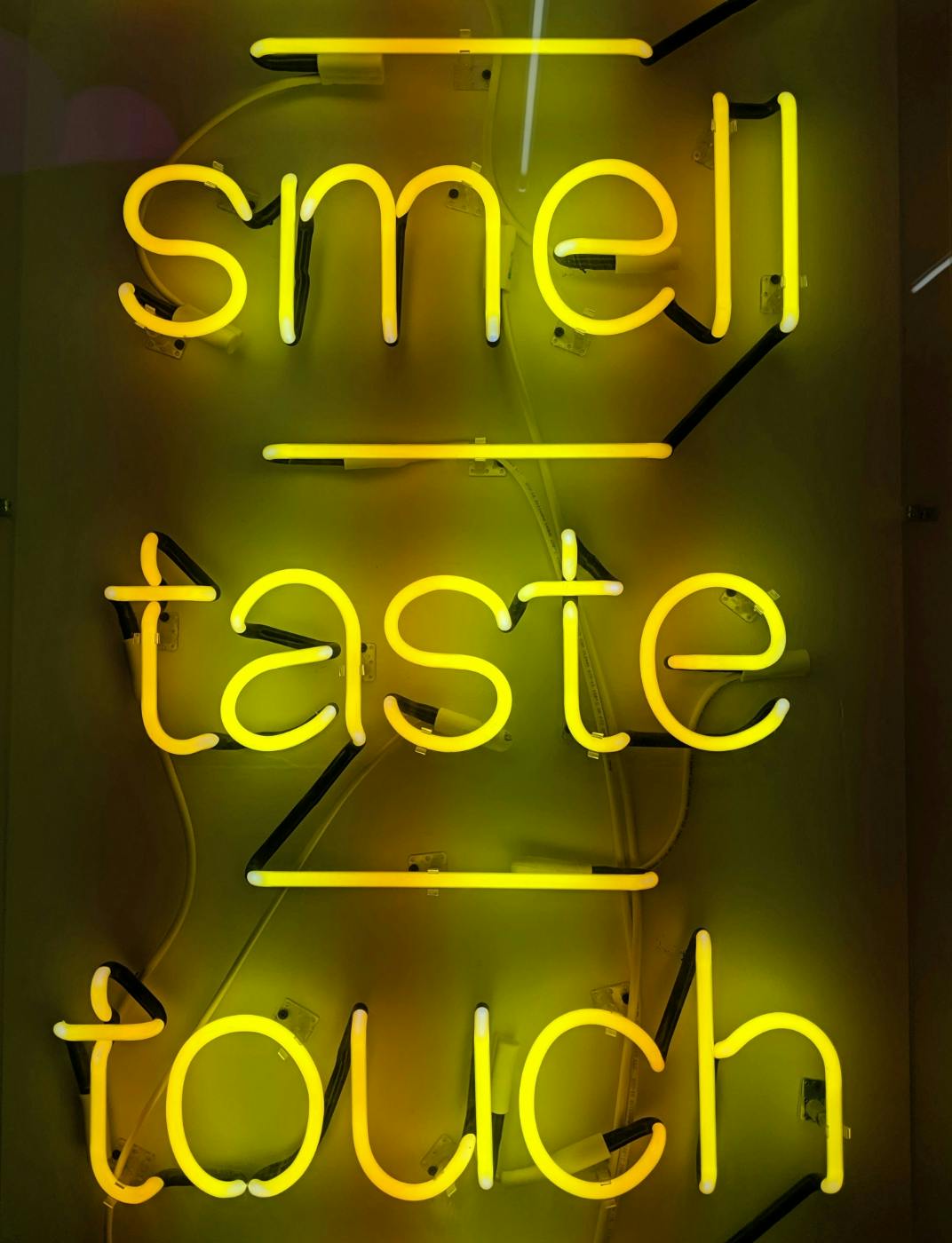
When we think of branding, we often focus on visual elements—logos, colors, and typography. But the most powerful brands go beyond visuals.
The Power of Memory in Branding: Like Street Food, But Better
Markets. Not stock, bull, or bear. Street markets filled with people and booths emitting smells so heavenly, and yet, when in a foreign country, sometimes unrecognizable. I love being in a street market in Italy, Germany, Japan, or China, where the air is thick with the scent of something delicious, but you can’t quite pinpoint what. The food—always exotic, always unexpected—draws you in. You approach a booth, curious, and the strange combination of meats, veggies, grains, and starches somehow makes sense as your mind and tastebuds align.
It’s the kind of moment that freezes you in place. The world around you fades, and for a few seconds, you’re suspended in culinary ecstasy. You didn’t expect this combination to work, but it’s perfect. And then, just as you’re finishing your bite, a companion or guide pipes up, “Oh, if you like that, you’re going to love this…” And off you go to the next booth, your senses already primed for another surprise. All you need now is a sleeping bag to camp out in this bliss forever.
Here’s the thing about these markets: They’re for the locals. The booths are not selling with glossy ads or bright billboards. There’s no constant reminder to come back. Instead, it’s all about memory. You recall the place where you had that perfect braised pork bun, and with no effort, you find it again. That’s what good branding is about: memory. It’s not about flashing ads or trendy slogans—it’s about building an experience that sticks with people long after they’ve walked away. A brand that taps into the senses, that creates a moment worth remembering, doesn’t need constant reinvention.

The Power of Sensory Branding
When we think of branding, we often focus on visual elements—logos, colors, and typography. But the most powerful brands go beyond visuals. They engage our senses in ways that leave lasting impressions, connecting with us on a deeper level than just the surface.
Take Coca-Cola—they’ve mastered the sensory experience in ways we often overlook. The sound of the can opening isn’t just a noise; it’s an invitation to refreshment. The fizz, the first sip, the cool feeling on a hot day—they’ve associated their product with a sensory ritual. The sound, the sensation, the taste—it’s more than just a beverage; it’s a feeling that lingers long after the can is empty. This sensory association is so ingrained that even the sound of a Coke can opening can trigger a craving, proving that sensory branding isn't just about what you see; it’s about what you feel.
Then there’s Apple, which has redefined the store experience. When you walk into an Apple Store, the first thing you notice is the calm atmosphere. It’s not chaotic like most electronics stores. There’s a soft glow from the lighting, a simple, clean layout, and the sound of gentle background music. There’s almost no clutter, allowing customers to focus on their experience with the products. It’s a space designed for touch. The cool, sleek surfaces of the iPhones, the smooth glass of the iPads, the satisfying click of the keyboard—all these tactile experiences are intentional. Apple’s focus on minimalism and sensory detail invites us to interact with their products in a way that feels personal and elevated.
But sensory branding isn’t just about the visual or tactile senses—it’s about the full spectrum. Starbucks knows this better than anyone. From the moment you step into a Starbucks, you’re enveloped in a sensory experience. The rich, earthy scent of freshly brewed coffee welcomes you. The comforting hum of the espresso machine, the soft murmur of conversations, and the carefully curated background music all work together to create an atmosphere that’s warm and familiar. Even the texture of their coffee cups—the smooth cardboard and the comfortable weight—adds to the feeling of comfort. Starbucks is more than just coffee; it’s a ritual, a sensory escape, a place to slow down and feel connected. They’ve built an experience that’s become synonymous with relaxation, productivity, and community, all through sensory cues.
And while these examples show how brands can tap into sensory experiences to build powerful memories, the real magic happens when they use these moments to shape a customer’s journey. After all, creating lasting memories isn’t just about the initial experience—it’s about designing an ongoing relationship that keeps people coming back, craving more. So, how do brands turn a single experience into an ongoing story? By crafting moments that extend beyond the product and into something deeper, something that connects with people on a more personal level.

Creating Experiences, Not Just Products
Great branding doesn’t stop at creating a memorable experience—it extends into crafting an entire journey that feels personal and engaging. Brands that succeed in creating these experiences understand that it’s not just about the product itself, but the emotions and memories associated with it. A single touchpoint can spark an emotional connection, but to build lasting loyalty, brands need to keep that connection alive.
Take Disney, for example. The magic isn’t just in the theme parks; it’s in the entire experience, from the first greeting at the entrance to the last wave goodbye. Disney was the first to refer to their customers as “guests,” which perfectly encapsulates their approach: it’s all about providing a guest experience. Every interaction, from the cast members to the rides, is a performance—what Disney calls a “good show.” Every act of kindness, every detail in the park, contributes to this ongoing show, which makes each guest feel special, valued, and part of something much bigger. Disney doesn’t just sell tickets; they sell memories, emotions, and moments of pure happiness. The brand itself becomes an integral part of the story.
Similarly, (brace yourself for a shock because I’m going to name drop) … Patagonia has built an experience around sustainability and adventure, rather than just outdoor gear. Their customers don’t just buy jackets or backpacks; they buy into a lifestyle, a commitment to environmental stewardship, and a sense of belonging to something larger. The stories they tell through their marketing campaigns—whether it’s about reducing waste, protecting national parks, or supporting fair labor practices—create an emotional connection. Patagonia’s brand experience is rooted in shared values, making customers feel like they’re part of a cause rather than just a transaction.

Simplicity and Authenticity: The Keys to Staying Memorable
Creating memorable branding isn’t just about the sensory details or the experiences—it’s also about staying true to who you are. Simplicity and authenticity are the backbone of brands that stay in the hearts and minds of consumers. When a brand’s message is clear, its values are evident, and they aren’t constantly trying to reinvent themselves, they earn loyalty that goes beyond the product.
Look at Muji, for instance. Their approach is simplicity in everything—from their no-logo products to their clean, minimalist stores. Muji doesn’t need flashy ads or elaborate campaigns because their branding speaks for itself. It’s about a philosophy of simple, functional design that doesn’t try too hard. It’s authentic, and people who appreciate that lifestyle connect deeply with the brand. Muji isn’t chasing trends; they’re focused on providing quality and simplicity—something that’s incredibly memorable in a world full of distractions.
Similarly, Nike has stayed true to their core values for decades: empowering athletes, regardless of their background or level. Their “Just Do It” campaign isn’t about flashy slogans or trends; it’s a message that taps into personal strength and resilience. Nike has built a brand that doesn’t need to constantly reinvent itself—it speaks directly to the inner drive we all have, making it unforgettable.
Summing Up: Branding Without the Sell
The essence of branding isn’t about the hard sell—it’s about creating an experience that sticks with people. It’s about leaving a lasting memory, one that pulls them back again and again, not because they were convinced to buy, but because they feel a connection to the brand itself. Whether it’s the sensory cues of Coca-Cola, the immersive experience of Disney, or the simplicity of Muji, successful branding taps into something deeper—something that resonates on a personal level.
At ThoughtLab, we take a similar approach with our clients. We don’t just create brands; we build lasting experiences that connect with customers on an emotional level. We help our clients see further, to anticipate the needs of their audience, and to focus on what truly matters—authenticity, simplicity, and creating value that lasts. By working collaboratively, we guide brands to tap into their unique strengths and position themselves as memorable, meaningful entities that stand the test of time.
In a world that’s constantly changing, the brands that endure are the ones that don’t just sell—they create memories, experiences, and connections that live on long after the product is purchased.
Open Question
In a world overflowing with messages, ads, and constant distractions, what kind of brand experience would leave an indelible mark on you? Is it the one that surprises your senses, or the one that makes you feel like you’re part of something bigger than just a product?

